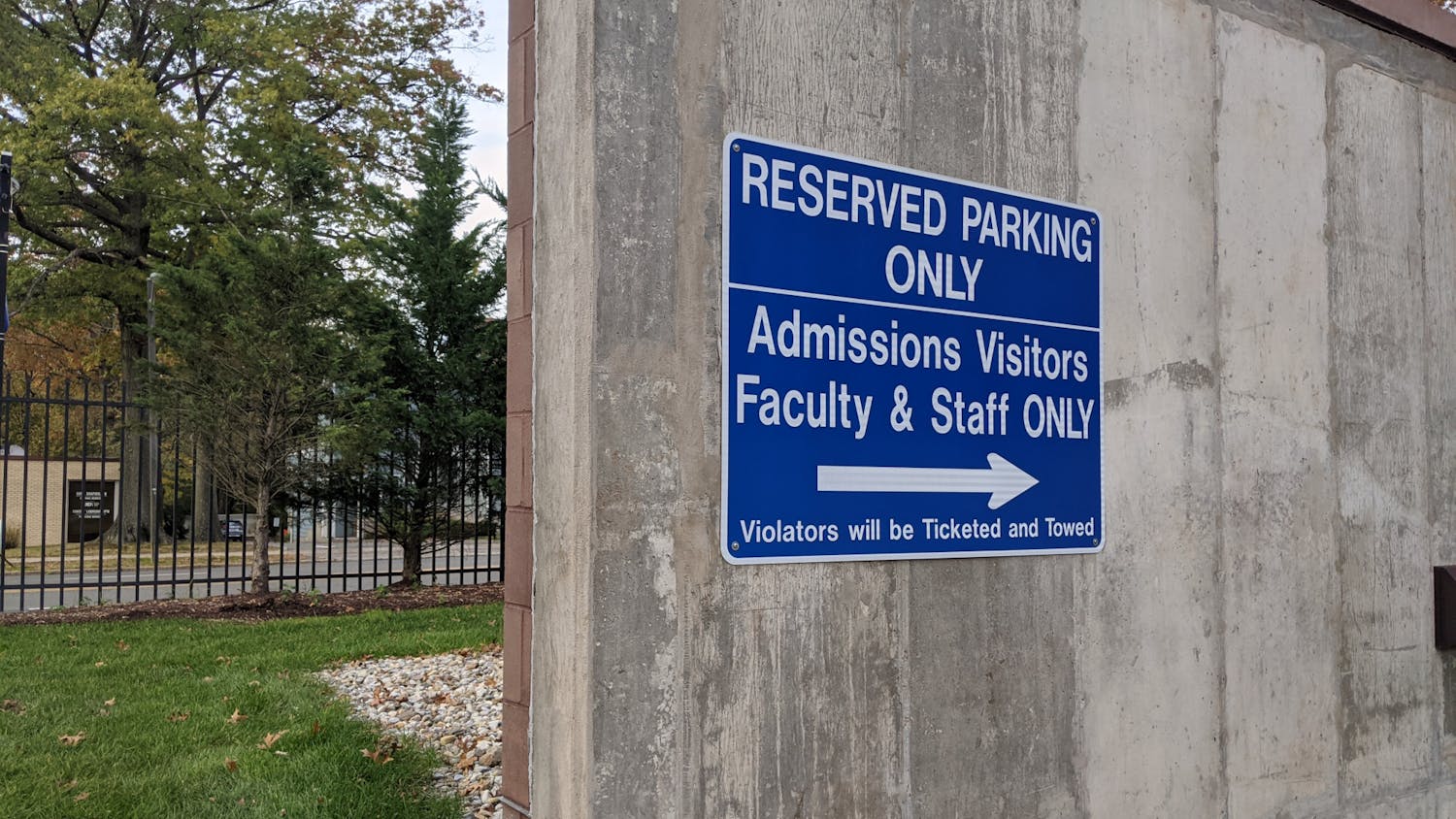Director Denis Villeneuve’s version of Frank Herbert’s novel “Dune” was released on Oct. 22 to many Seton Hall students’ excitement.
“Dune” follows Paul Atreides, the young son of a royal duke whose family is given control of the dangerous desert planet Arrakis to harvest spice, the galaxy’s most precious resource. On Arrakis, Atreides faces natural threats, betrayal, and self-discovery.
The new film, which covers roughly two-thirds of the sci-fi novel, was the top movie in North America in its opening weekend. Following opening weekend, Warner Bros. and Legendary Entertainment announced on Oct. 26 that “Dune: Part Two” is officially in pre-production.
What made previous “Dune” adaptation attempts, such as David Lynch’s 1984 film and John Harrison’s TV mini-series in 2000, miss the mark was the difficulty of doing justice to Herbert’s themes of colonialism, religion, and ecology while remaining faithful to the book’s plot.
Luckily, Villenueve’s vision of splitting the novel into two films has set in motion the most faithful adaptation yet.
Warning: Spoilers Ahead
Herbert’s 1965 novel is so beloved among audiences because the lore is so deep with so much history, factions, and a lot of thematic perspectives. Within the first ten minutes of Villenueve’s film, most of that information is made clear to the audience.
The film opens with Paul, played by Timothée Chalamet, having a dream of the violent conflict between the native people of Arrakis, the Fremen, and the Atreides’ ancient rivals, the Harkonnens, who control Arrakis until a sudden order by the ruling emperor of the galaxy.
Following the dream, the audience quickly learns of Paul’s special powers of a commanding inner voice. They also learn that the spice found exclusively on Arrakis is necessary for interstellar travel in the imperium and the psychedelic enhancements of the Fremen. The power transfer of Arrakis from the Harkonnens to the Atreides is also shown.
These complicated details are disclosed during Paul’s short breakfast with his mother Lady Jessica (played by Rebecca Ferguson), Paul’s own video lectures on Arrakis, and the ceremony between the emperor’s officials and House Atreides.
The information shared here does not feel heavy or crushing, and the opening few scenes naturally lead into one another. The introductions of the characters, as well as their actions and exposition, feel natural in the first act.
In terms of linearity to the book, there are both many close similarities and quite a few changes that Villeneuve decided to make.
Scenes such as the Gom Jabbar test, Duke Leto’s death, and Paul’s duel with Jamis are all like the book in terms of dialogue, tension and visual action.
Readers will easily recognize their own visions of Paul’s charred hand in the box and the gas releasing from Leto’s poison tooth as what is presented on screen. This is where the film really succeeds as one of its strengths is the ability to elevate suspense in many ways that Herbert himself did in these scenes.
However, some differences are more apparent than others, which does cause the film to suffer. The issues mainly come with its expansive cast of characters and not giving them all the proper room to breathe.
While the conversion of the character of Dr. Liet Kynes from a white male to a black female does not diminish any story element, other important characters feel underdeveloped, especially Dr. Wellington Yueh. Yueh’s role in betraying House Atreides as part of his master plan to kill Baron Harkonnen and free his wife from captivity was underdeveloped, causing confusion amongst some viewers.
In the book, dramatic irony runs high as the audience knows that Yueh is the traitor that the Atreides’ are trying to root out, and it makes his story much more impactful.
Without the buildup that made Yueh such a compelling character in the book, there is not as much emotional impact when he betrays Duke Leto, who was played by Oscar Isaac.
While the dialogue feels natural, there are points that what is spoken is too low or unclear, sometimes when important information is revealed. When Lady Jessica first recites the Litany Against Fear during Paul’s Gom Jabbar test, some of the words are indecipherable due to her choking up in emotion.
Another instance is when Baron Harkonnen tells Duke Leto, “You have a marvelous kitchen, cousin,” through his heavy chewing of food. It is the first time that the audience is told that the Atreides and the Harkonnens are related, and it takes a moment to register the significance of what is said.
The novel involves a lot of internal monologues to express information about the characters. They are also used between Paul and Jessica at crucial points due to their special powers.
A clever way that Villeneuve worked around the inner dialogue entirely was to have the two characters silently communicate via sign language as it is quicker and easier to understand than to have a heavy presence of voiceover in each scene between them.
With its two-hour and 35-minute runtime, Villeneuve was able to create a film that was visually stunning and immersed the audience into its world.
Whether it be at The Village at SOPAC or an IMAX theatre, “Dune” deserved to be experienced on the big screen.
One of Herbert’s main themes of the book is ecology and how humans relate to their environment, and the cinematography truly succeeds at that by making the audience feel immersed in the desert landscape.
Molly Stoe, a senior public relations major, said she was a big fan of the cinematography and how realistic the world of “Dune” felt to the audience.
“There were definitely a lot of moments where it looked like it was just a big vast desert, which is what they were going for,” Stoe said. “So, it was very believable, and you were definitely transported into this world that they were trying to create.”
Brady O’Malley, a junior visual and sound media major, said he was also impressed by the scope, scale, and depth of the story, but he also believed that the character of Yueh needed a greater emotional investment from the audience before his betrayal, especially since he himself had not read the book.
“You gotta go into [Yueh] a little more,” O’Malley said. “You can’t just have him be like, ‘Oh yeah, I betrayed you because I have a wife that’s captured.’ We didn’t know that.”
Alexandra Ompok, a junior marketing and I.T. management double major, had a positive opinion on the film’s ending, which some critics have called abrupt and disappointing.
“They kind of left it off on, well, not that much of a cliffhanger, but it makes me definitely want to watch the next part to see them with the Fremen and how they adapt to their new life,” Ompok said.
In regard to where “Dune: Part Two” will go, Ompok said she hopes that more background will be provided on the emperor’s role in the plot to destroy House Atreides, where Lady Jessica’s pregnancy will lead her character, and a much bigger role for Paul’s love interest, Chani, played by Zendaya.
“I definitely want to see more of Zendaya’s character, which I’m pretty sure people are saying she will be a bigger part of in the next few movies,” Ompok said.
Overall, “Dune: Part One” did exactly what Villeneuve was hoping to achieve. He introduced a new generation of readers and non-readers to Herbert’s “Dune” saga and made the new audience, which includes many Seton Hall students, heavily invested in where the story will go next.





